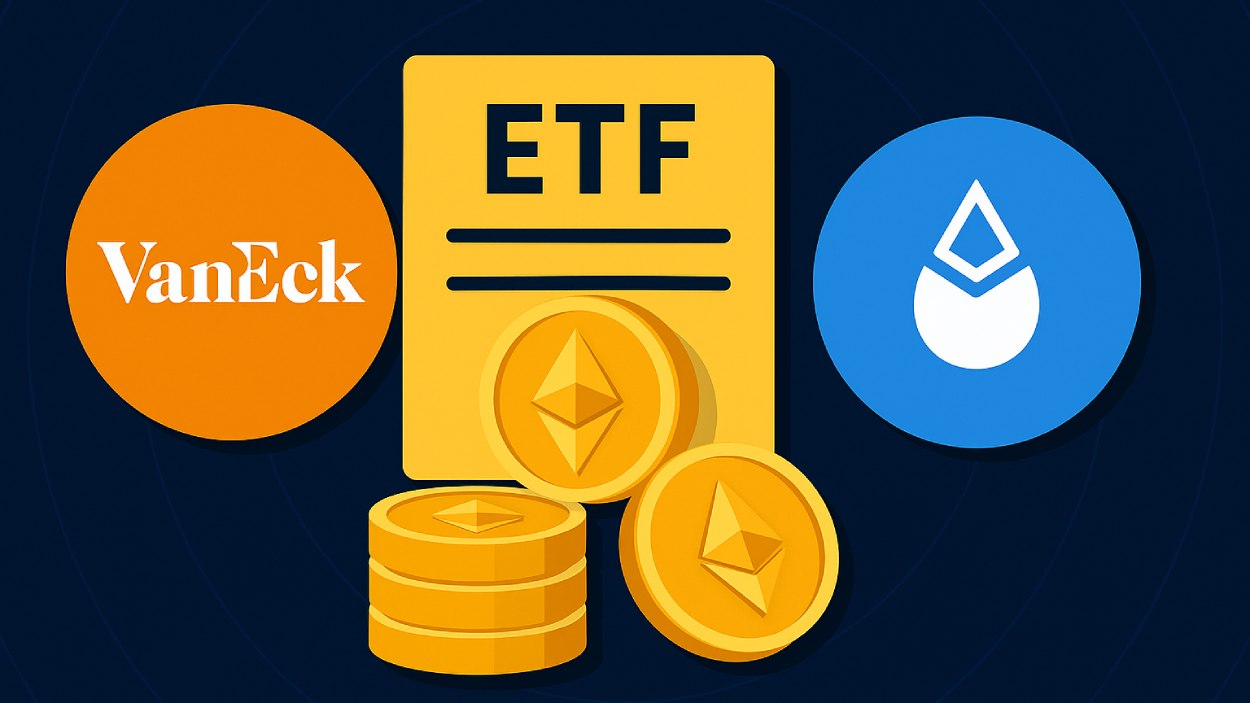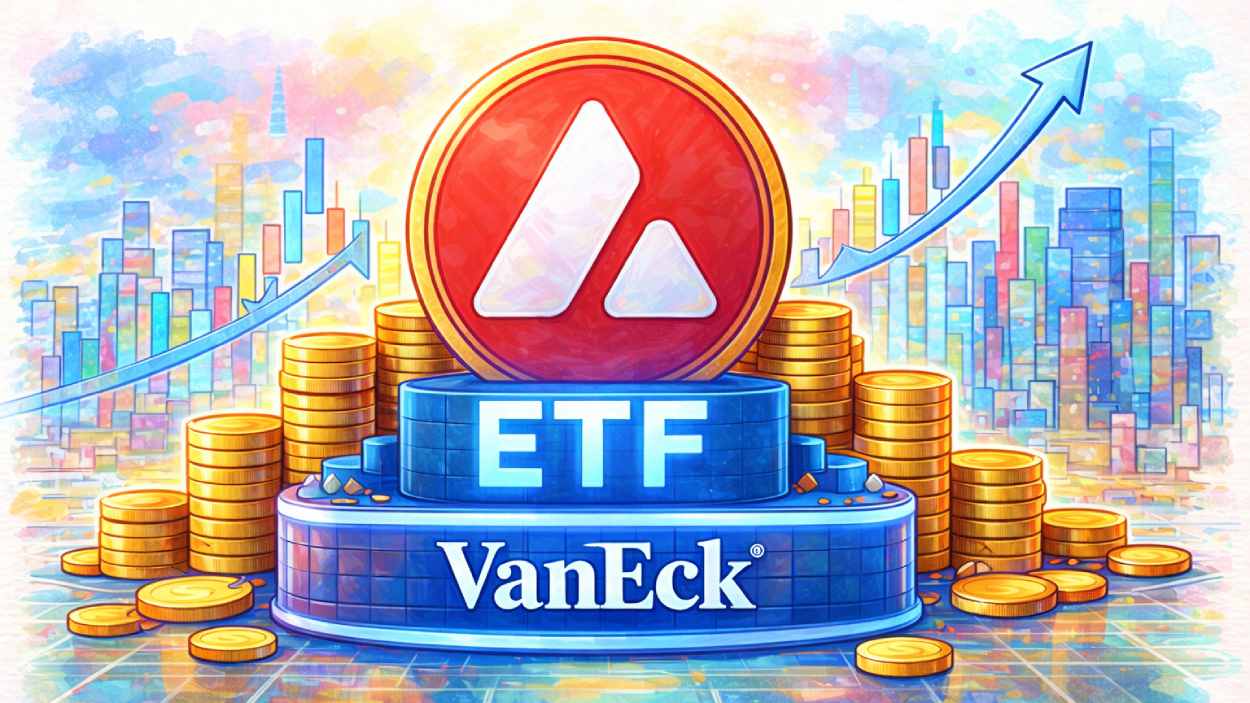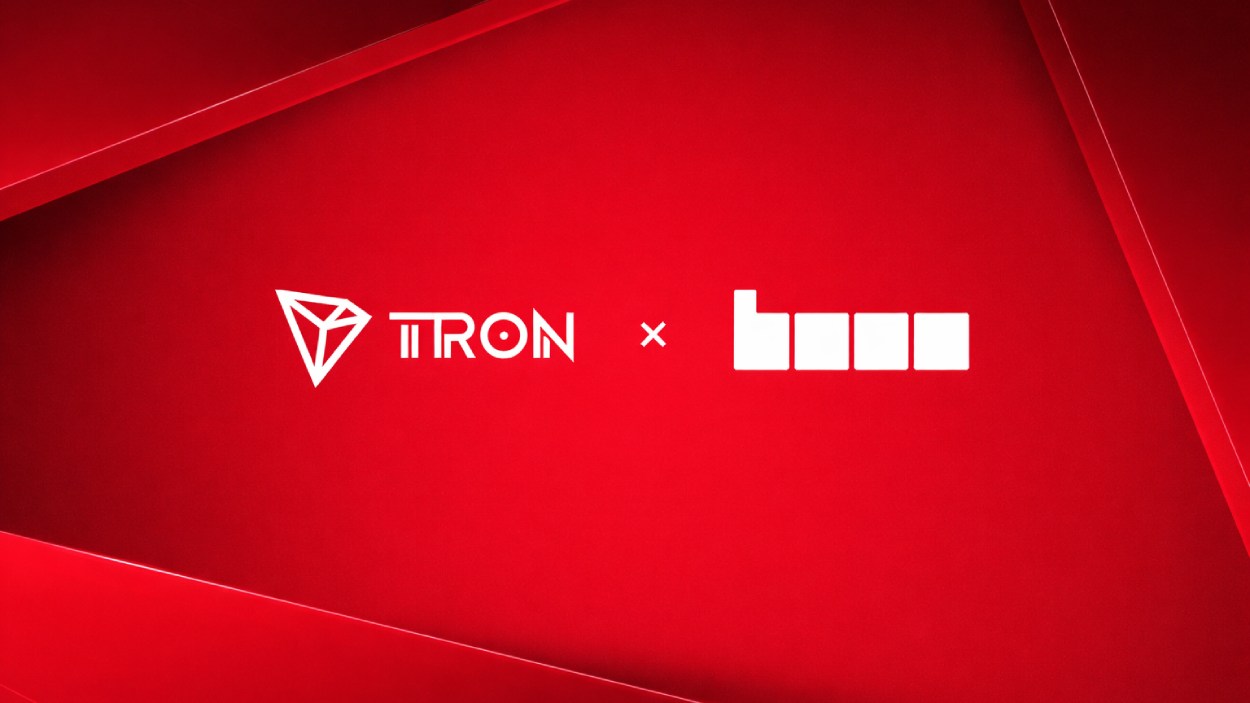In a bold move that could reshape how institutions access Ethereum staking, VanEck has filed for a new exchange-traded fund (ETF) tied to Lido’s liquid staking token, stETH.
Key Takeaways
- VanEck has submitted an S-1 registration to the SEC for the first-ever Lido Staked Ethereum ETF.
- The ETF would give investors regulated exposure to stETH, a token representing staked ETH via Lido.
- The filing follows clearer regulatory guidance around liquid staking from the SEC.
- If approved, this ETF could offer institutions a tax-efficient, compliant gateway into Ethereum’s staking economy.
What Happened?
VanEck, a global asset manager known for its crypto-forward investment vehicles, has officially filed with the U.S. Securities and Exchange Commission (SEC) to launch the VanEck Lido Staked Ethereum ETF. This proposed ETF aims to provide exposure to stETH, a liquid token issued by Lido, the largest decentralized Ethereum staking protocol.
The filing marks the first attempt to bring stETH into a regulated financial product, opening the door for institutional investors to tap into Ethereum’s staking rewards without needing direct on-chain interaction.
VanEck has filed an S-1 for the VanEck Lido Staked ETH ETF, a proposed fund holding stETH — ETH staked via the Lido protocol.
— Lido (@LidoFinance) October 20, 2025
A milestone moment for liquid staking and recognition of stETH’s role in Ethereum’s institutional evolution.@vaneck_us https://t.co/9P8OsS1Vtm pic.twitter.com/ofQFo2DRoi
VanEck Brings Liquid Staking to Wall Street
VanEck’s new ETF, if approved, would track the MarketVector Lido Staked Ethereum Index, reflecting both the price of Ethereum and staking rewards earned through the Lido protocol. This approach enables investors to benefit from Ethereum’s passive yield generation without the complexity or lock-up periods of traditional staking.
The ETF is designed for those seeking a tax-efficient and compliant way to gain staking exposure, especially as U.S. regulators begin to clarify the legal standing of such practices.
- Lido’s stETH token is pegged to Ethereum but offers the advantage of liquidity and reward accrual.
- As of now, Lido holds nearly $40 billion in total value locked, with over $2 billion earned in staking rewards.
- VanEck’s proposal aligns with a broader institutional push toward DeFi-native assets.
Regulatory Shifts Enable New Opportunities
This move comes as the SEC shows signs of evolving on its stance toward crypto. Under Chair Paul Atkins, the agency has launched “Project Crypto”, aimed at updating rules around crypto custody, distribution, and trading. In recent statements, the SEC indicated that certain liquid staking activities do not constitute securities transactions, offering a clearer path for ETFs tied to staking protocols.
The Lido Ecosystem Foundation welcomed the filing, noting it reflects how decentralization and institutional standards can now coexist. Kean Gilbert, Head of Institutional Relations at the Foundation, stated, “The filing signals growing recognition that liquid staking is an essential part of Ethereum’s infrastructure.”
Institutional Demand Meets On-Chain Innovation
VanEck’s strategy represents more than just a new product. It reflects a growing appetite among traditional financial firms to integrate yield-generating crypto products into regulated frameworks.
- The ETF offers exposure to Ethereum’s staking economy without requiring users to manage private keys or interact directly with DeFi platforms.
- It also potentially boosts market liquidity for stETH and Ethereum by offering a new, exchange-listed avenue for demand.
- The proposal could act as a blueprint for future tokenized asset funds, encouraging further convergence between traditional finance and decentralized ecosystems.
CoinLaw’s Takeaway
In my experience watching how crypto has battled for legitimacy in traditional finance, this filing is a big deal. It’s not just another ETF application. It’s a clear sign that institutional finance is starting to understand and embrace the real innovation behind DeFi. VanEck’s stETH ETF bridges a gap that’s long existed between on-chain yield opportunities and off-chain accessibility. I found it especially important that this comes amid improved regulatory clarity. That alone could unleash a wave of new products that combine decentralization with investor protections. This is the kind of move that turns crypto from niche to normalized.

























































